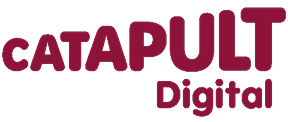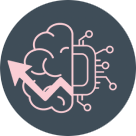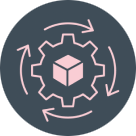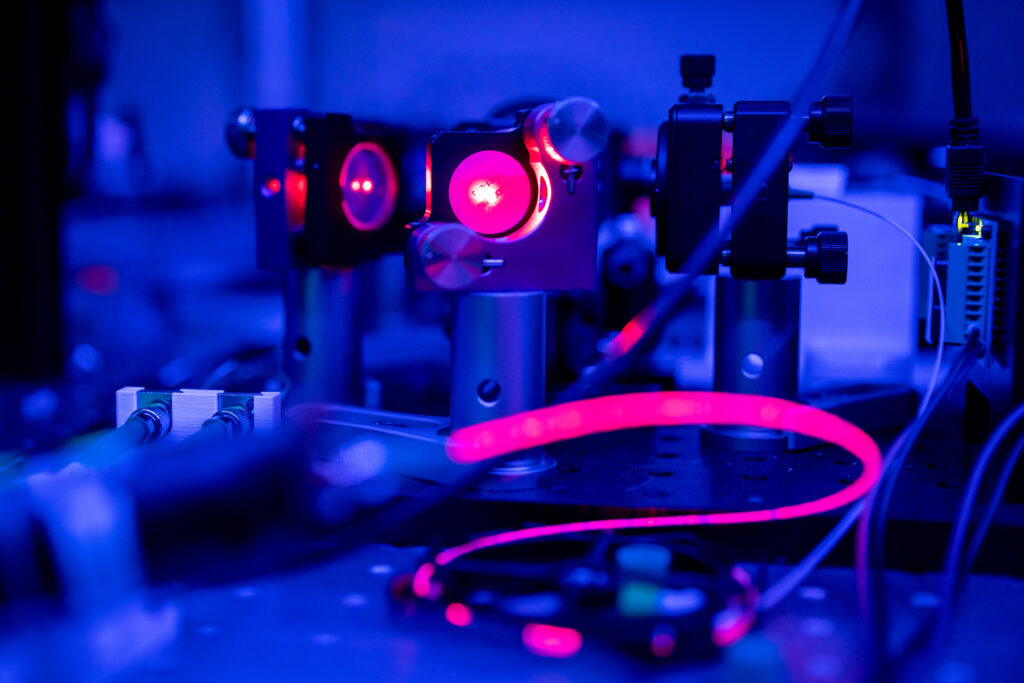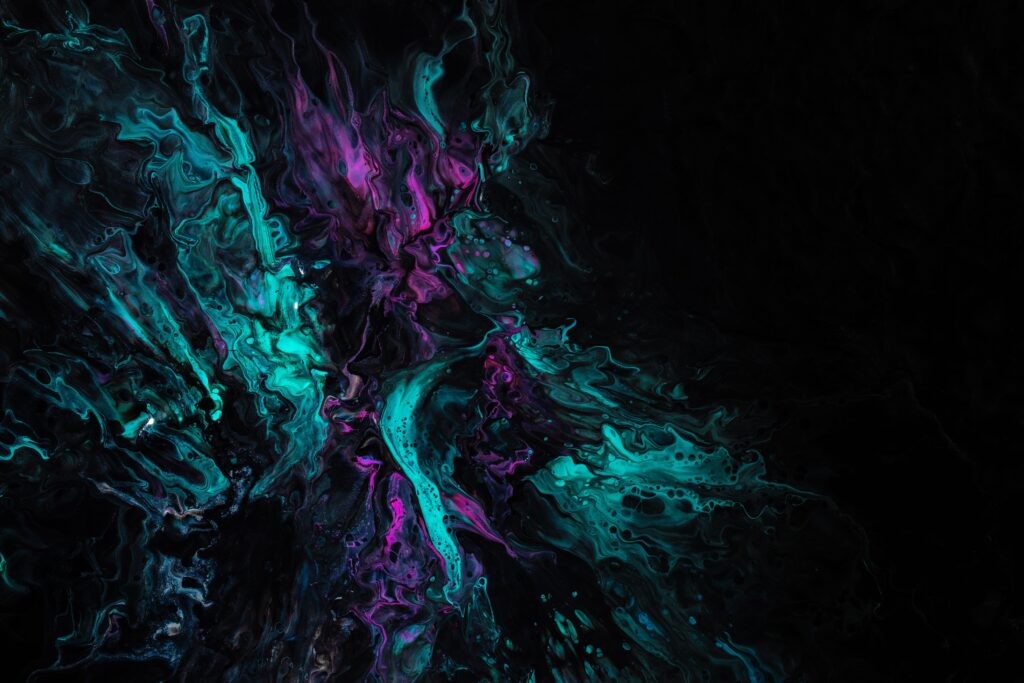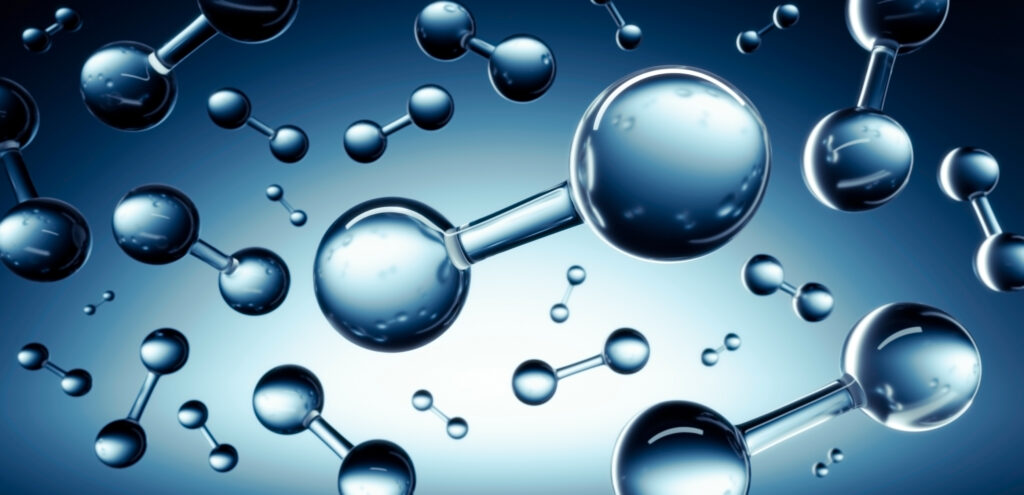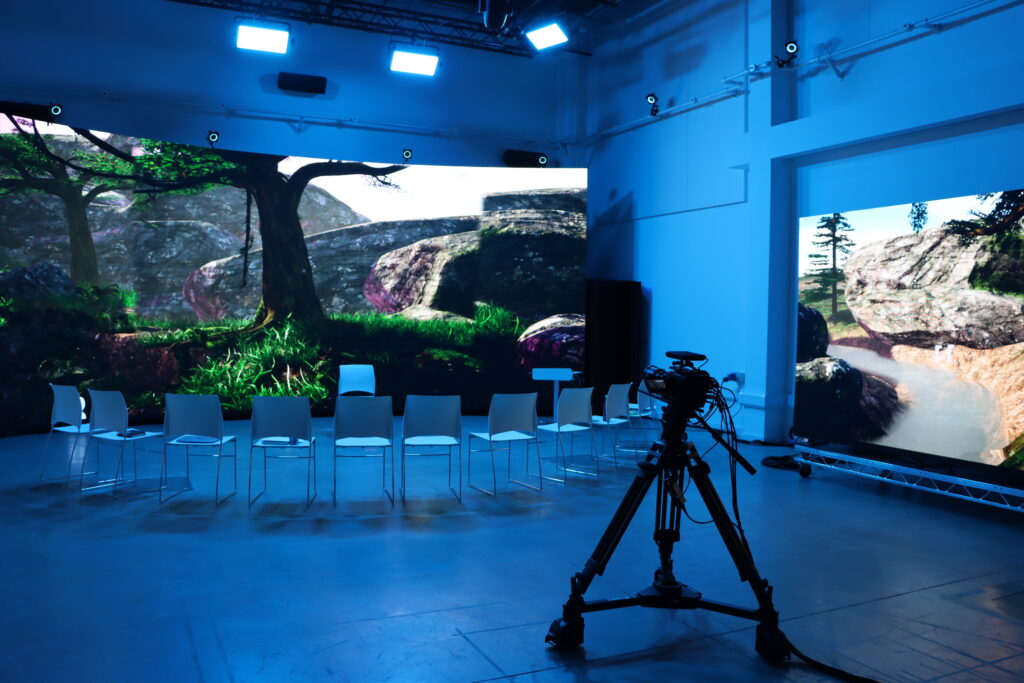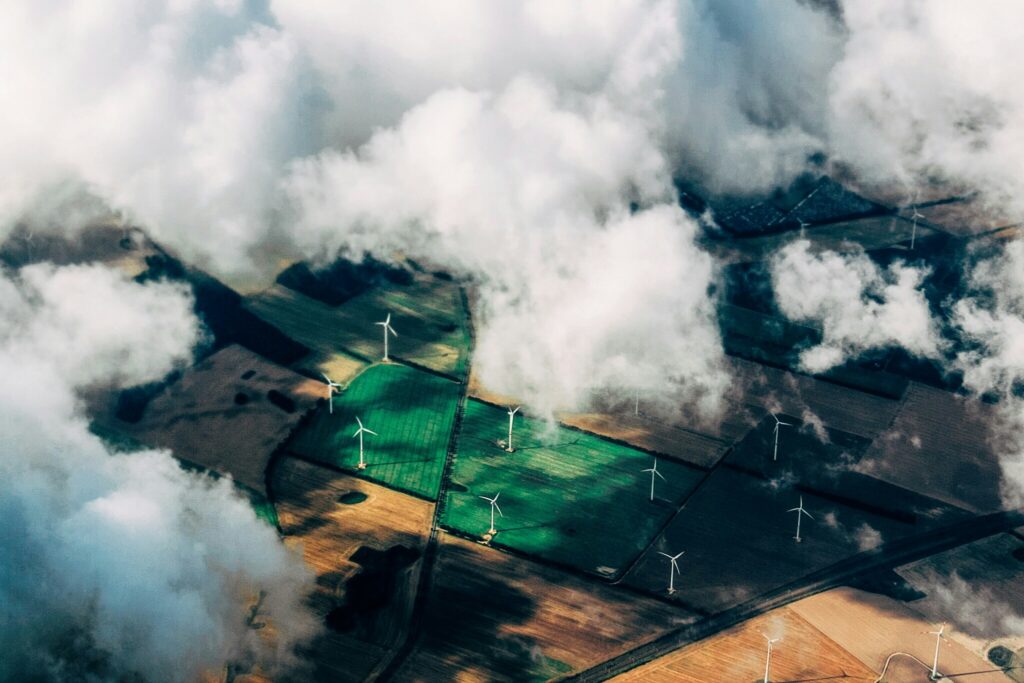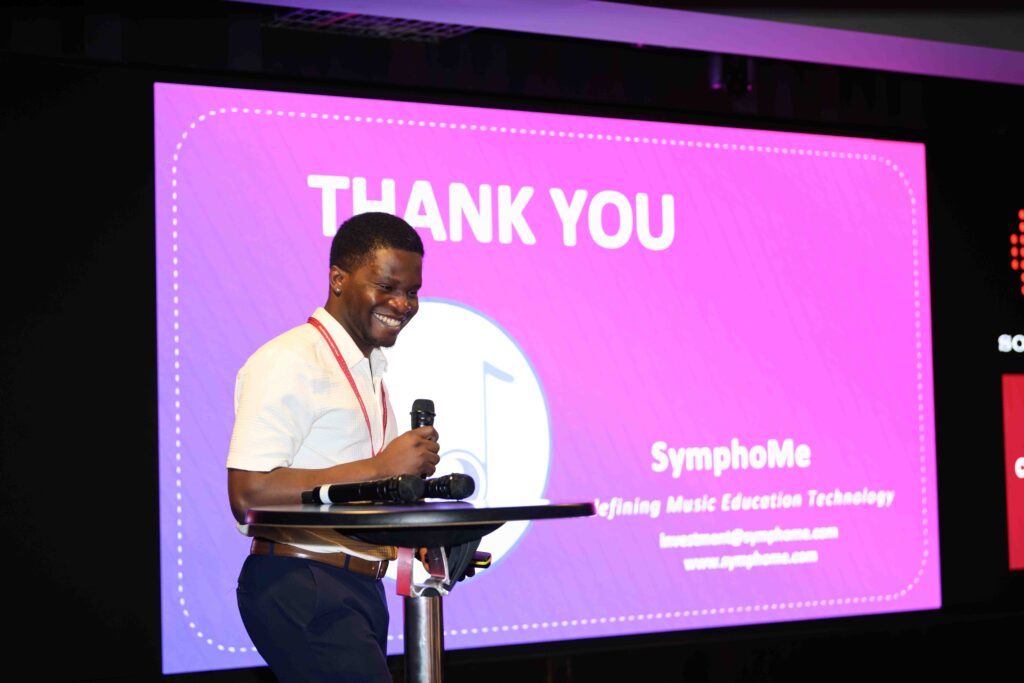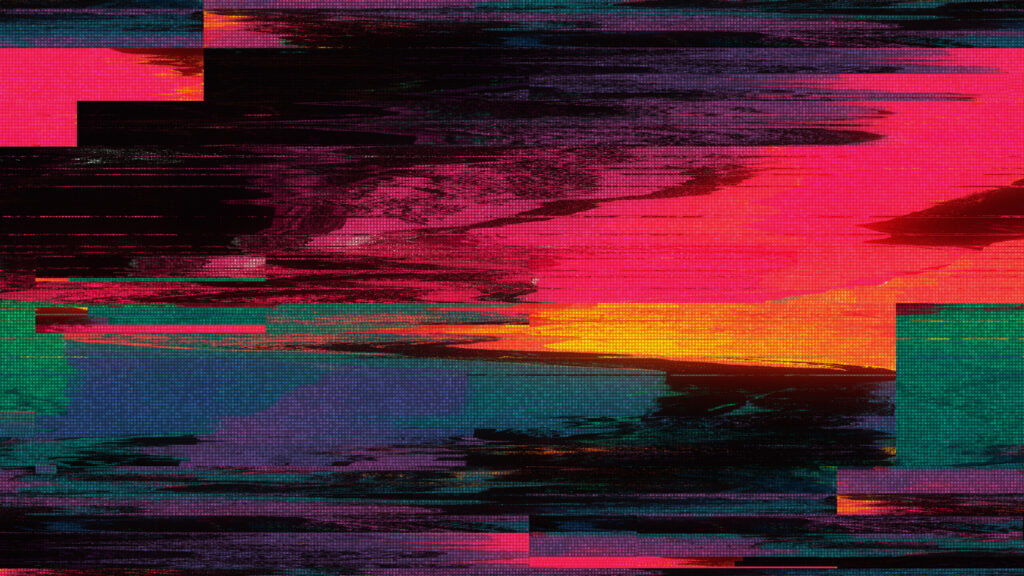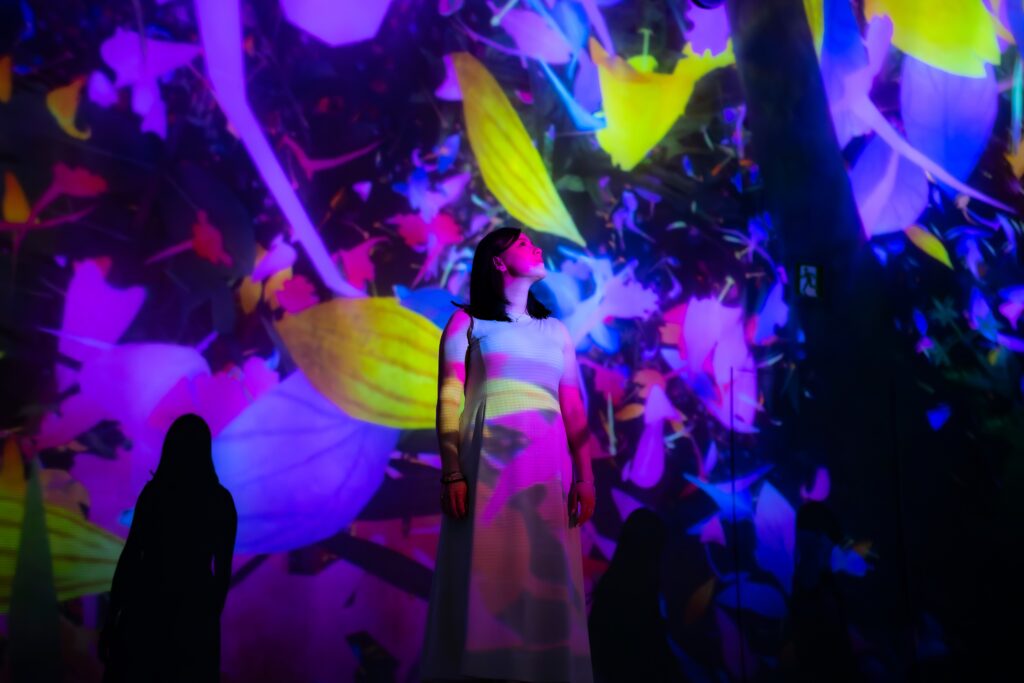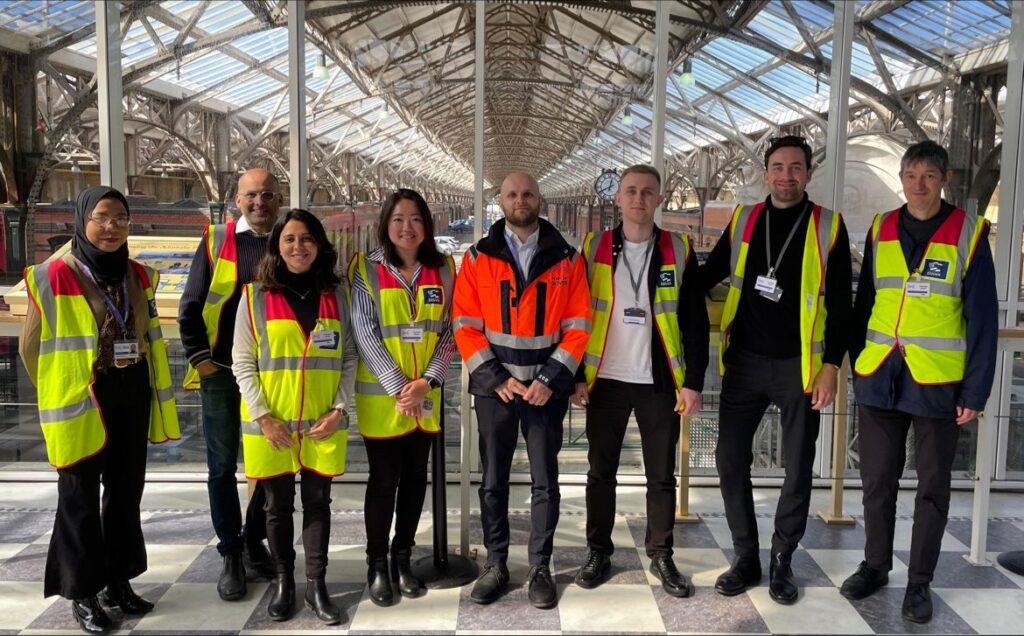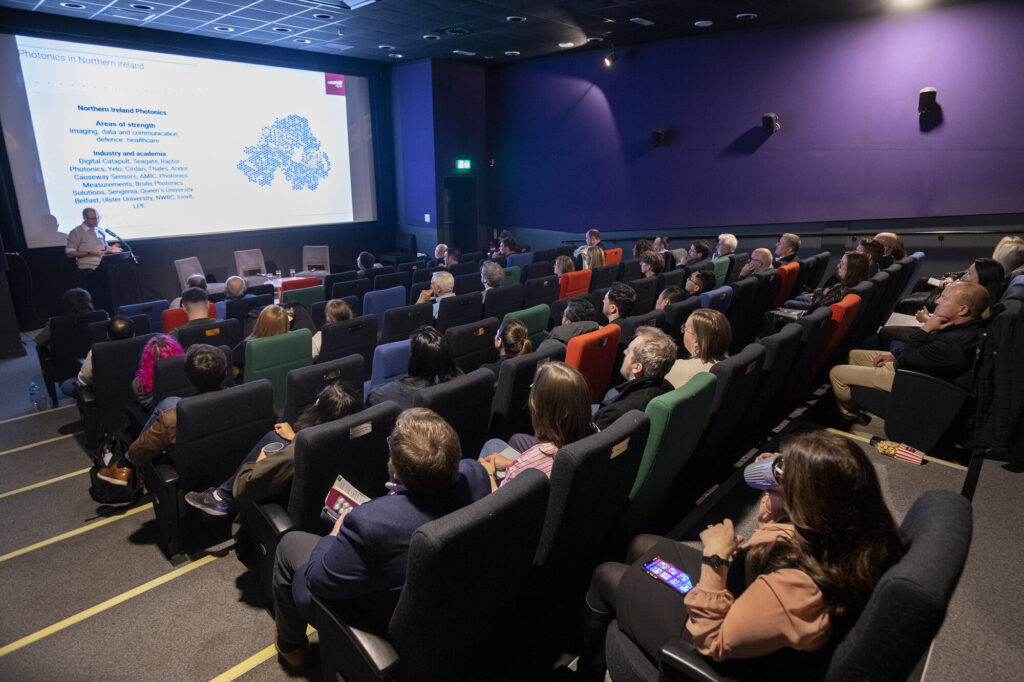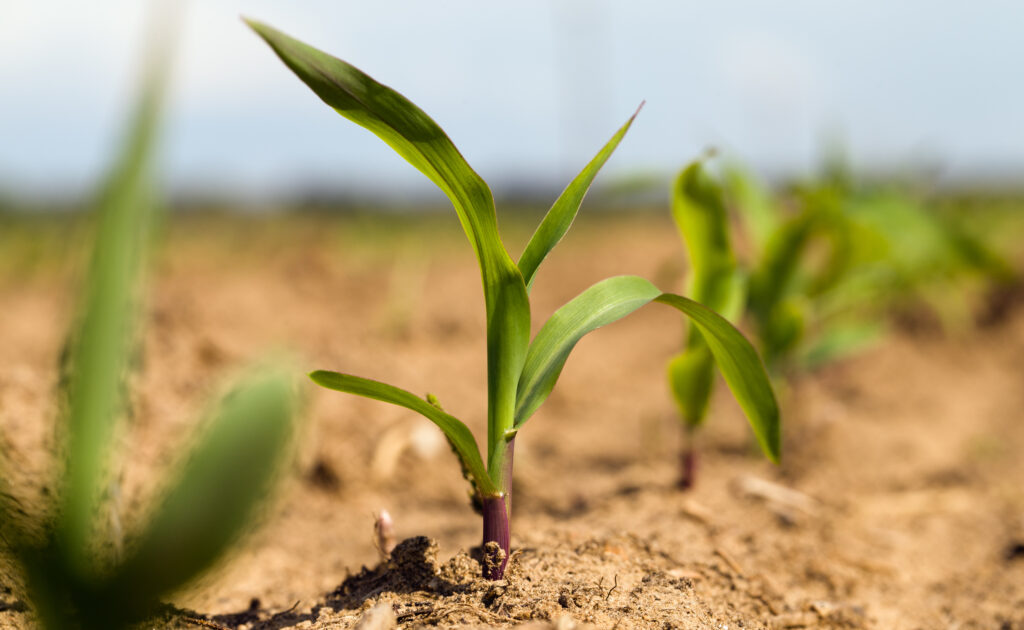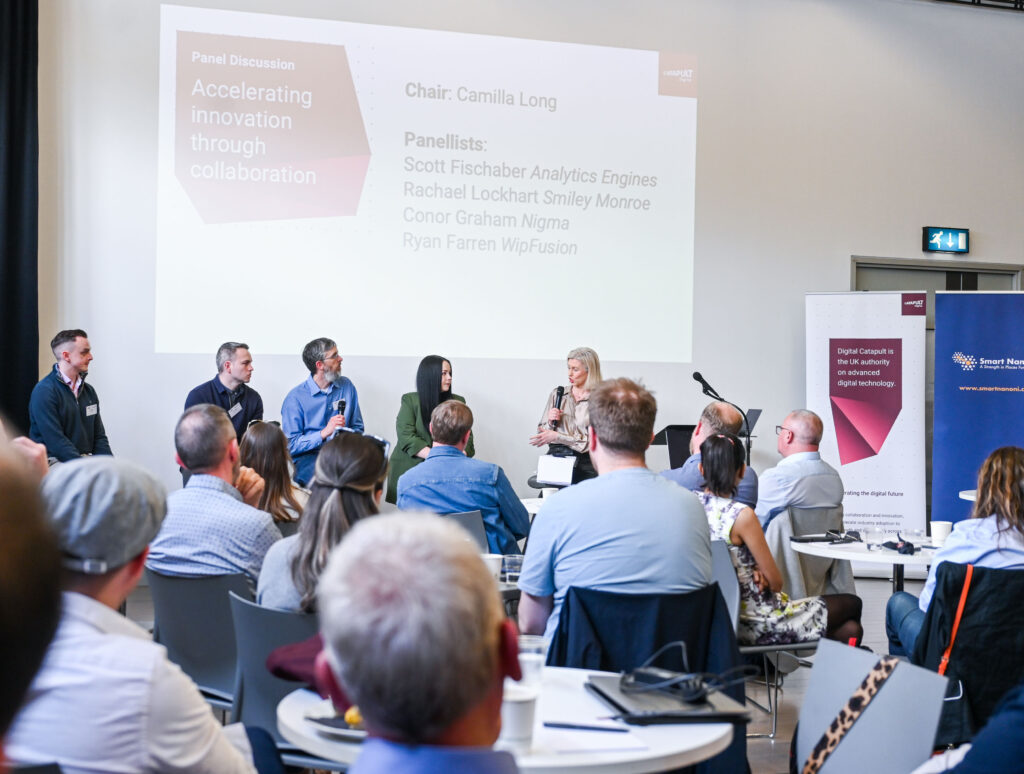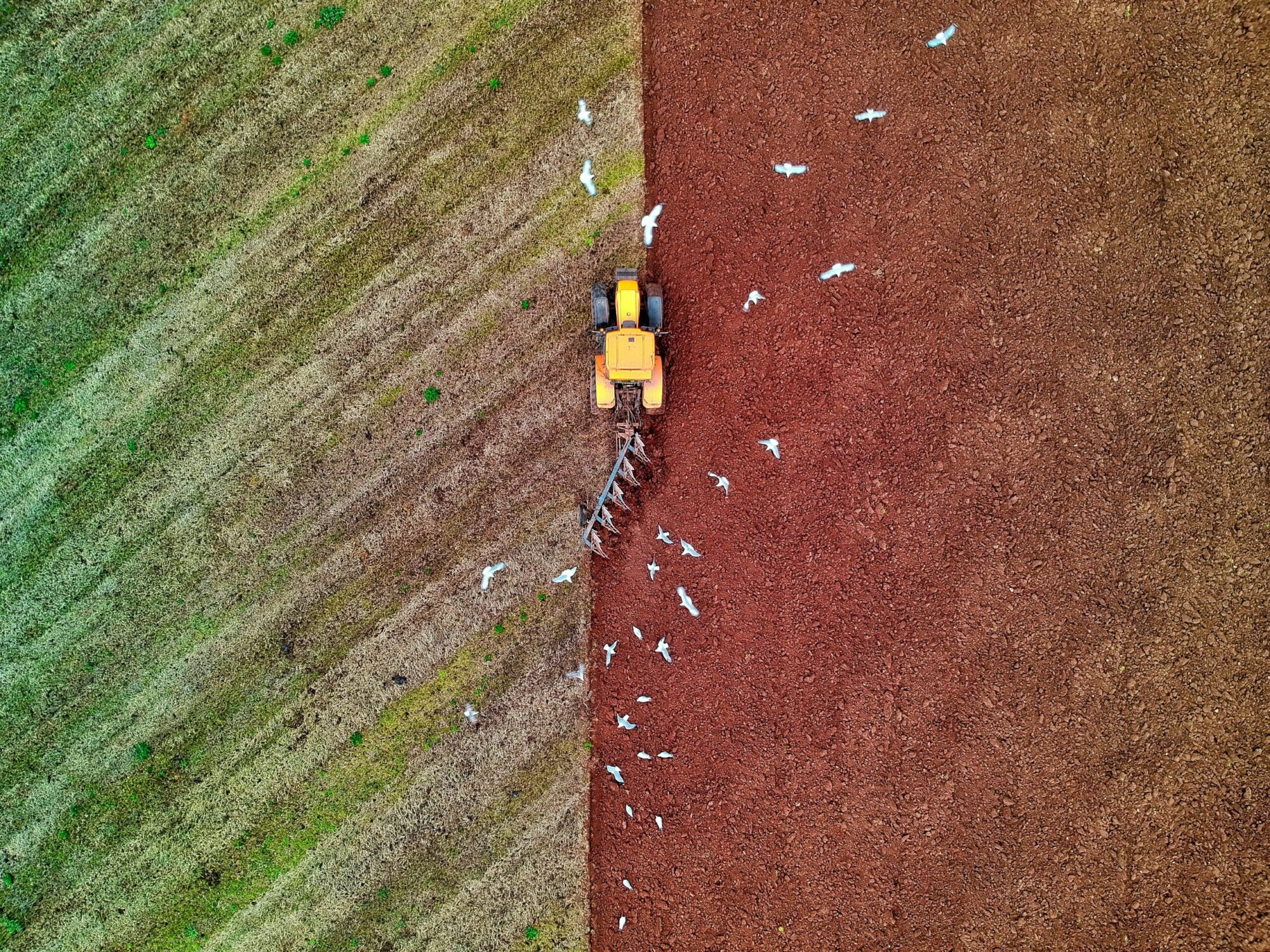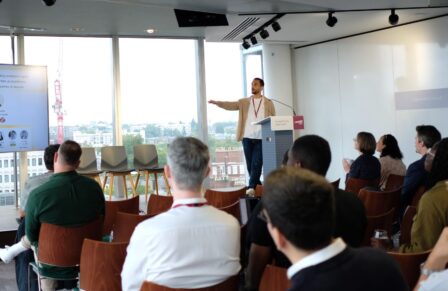In collaboration with Peacock Technology
Peacock Technology is a global pioneer in the application of advanced machine vision and automation technologies to solve challenging tasks in real-world environments. It specialises in Intelligent Dairy Solutions, leveraging robotics and artificial intelligence to achieve efficient and sustainable dairy production. Committed to innovation, the company develops AI-powered solutions that enhance dairy cow productivity, improve animal welfare and facilitate more eco-friendly livestock management practices.
3D modelling and behavioural tracking in livestock barn
How might we create a data-rich digital twin of a livestock barn to enable predictive simulation as a change management tool to encourage improvements in farm practices?
Historically, farms have relied heavily on manual observation to monitor things like animal health and welfare, resulting in limited data to identify opportunities to improve operational efficiency. On the contrary, Precision Agriculture is a modern farming method which utilises sensors and data analysis to enhance efficiency, productivity, and sustainability. By enabling digital simulations of farm environments, it allows farm managers to monitor smaller areas or even individual plants or animals based on their specific needs.
Peacock Technology seeks to develop a high-fidelity digital twin of a farm facility, specifically a 120m x 50m cow barn, integrating existing sensor infrastructure, including a network of over 100 cameras. The goal is to go beyond basic surveillance and toward a virtualised environment, potentially using tools such as CAD models or real-time 3D game engines (e.g. Unity or Unreal Engine) to simulate and analyse animal behaviour. By integrating spatial modelling with AI vision analytics, the system could enable real-time monitoring of cow behaviour (movement, feeding, resting) and alerting, health prediction, and scenario testing for barn design and changes in farm practices for better animal welfare and productivity.
Peacock Technology wants to establish a framework for precision livestock farming that is scalable across other farm types or species. Therefore, this challenge seeks AI/ML solutions that can:
- Enable real-time behavioural tracking, and alerting, through advanced image recognition across a multi-camera setup.
- Integrate camera feeds into a unified 3D environment using game engines or simulation tools.
- Generate predictive analytics and simulate barn layouts or interventions to assess their impact on animal health, productivity, and welfare.
Visual livestock identification at scale
How might we develop a low-cost, camera-based system to identify thousands of animals on-farm using visual markers visible to standard IP cameras?
Traditional animal identification methods, such as RFID tags or manual records, often pose challenges in terms of cost, maintenance, and scalability, especially in large-scale farming environments. As precision agriculture expands to include welfare auditing and biosecurity, a more accurate and scalable livestock identification system could transform the way in which farms are managed.
Peacock Technology is interested in exploring a camera-based approach to livestock identification that uses low-cost, visually identifiable collar system via standard fixed-position IP cameras from up to 10 metres away. These collars might utilise high-contrast visual markers (e.g., ArUco-style glyphs, custom colour codes, or numeric IDs) that are easily readable by computer vision systems under varied lighting and weather conditions. The goal is to support farms managing populations of up to 15,000 animals, enabling individual identification for behaviour monitoring, welfare auditing, and automated access control, without the need for expensive or invasive sensors.
The key challenge is achieving high reliability and precision in real-world conditions, while minimising compute requirements to run at the edge or via efficient cloud pipelines and keeping material requirements affordable for mass adoption and real-world use. Therefore, this challenge seeks AI/ML solutions that can:
- Accurately detect and decode visual markers on animals from IP camera feeds across a variety of angles and environmental conditions.
- Link visual IDs to broader data systems (e.g., feeding, health records, behaviour tracking).
- Offer extensibility across species or farm types, and adaptability to new marker designs or configurations.
